
Canned Food Sealed Icemen's Fate History Today
The Franklin expedition was meant to be the final exploration of the Northwest Passage - the sea route linking Europe and Asia through the Canadian Arctic. Instead, the expedition ended in a disaster. The two ships, HMS Erebus and HMS Terror, were lost with all hands. The clues to why this happened were few and mysterious.

Franklin's lost expedition Malevus
A relic of Sir John Franklin's last expedition 1845-48. A sample of tinned meat preserved in spirit in a rectangular glass container mounted on a mahogany base with a brass plate fixed to the front. The brass plate is inscribed 'TINNED MEAT SUPPLIED TO THE FRANKLIN EXPEDITION 1845. FOUND BY RESCUE PARTY ON A SLEDGE. TIN OPENED-APRIL 1926'.

Erebus & Terror Files Naval rations Day 4
Well-stocked with canned food, the crew spent two years on and around the remote island waiting in harsh conditions for the ice to melt and free their ships.. Taichman has written a second paper about the Franklin expedition, which has been provisionally accepted by a different Arctic-focused journal. That research consolidates Franklin.

Erebus & Terror Files June 2019
In 1845, John Franklin led two ships, the HMS Erebus and the HMS Terror, carrying 129 crewmembers, into the uncharted territory of the Arctic. They never returned. The lost expedition remains one.

What Happened to the Doomed Franklin Expedition? These Are the Clues
The ships, commanded by Sir John Franklin, were on a mission to discover the elusive Northwest Passage. But then the ships disappeared, launching a mystery that endured for over a century. For 140 years, only a handful of grisly clues hinted at the crew's fate. Search teams found a number of human remains in the Canadian Arctic, including.
Empty cans from Franklin's lost expedition (1845) still litter the
One thing is certain - the Franklin Expedition set off with a large quantity of food, enough for three years. The supply ship Barretto Junior accompanied the expedition as far as Greenland, where, in mid-July 1845, the crew transferred the extra supplies to HMS Erebus and HMS Terror.
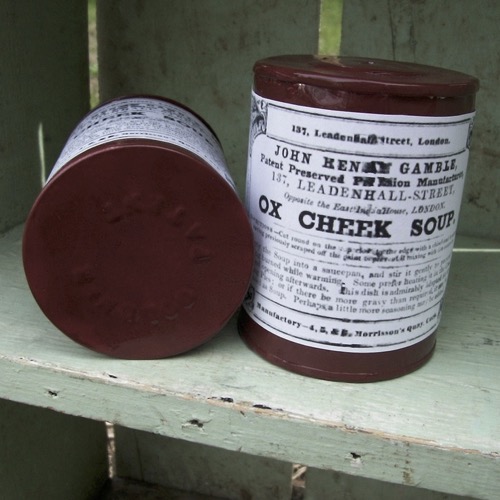
Goldner Can Hot Dip Tin
Franklin's lost expedition was a failed British voyage of Arctic exploration led by Captain Sir John Franklin that departed England,. systems rather than the tinned food. K. T. H. Farrer argued that "it is impossible to see how one could ingest from the canned food the amount of lead,.

17 of Aretha Franklin's Favorite Foods Supper recipes, Recipes
The Franklin Expedition was commissioned by the British Admiralty to do more than just find the elusive Northwest Passage. It was also a scientific venture to record the Arctic's flora and fauna, map the terrain, observe magnetism and meteorology, inspect geology, and establish Commonwealth sovereignty in the north.

What Happened to the Doomed Franklin Expedition? These Are the Clues
Time we put the tinned food back in the cupboard: Busting the Franklin Expedition myth of 'lead poisoning from tinned food'. The idea that Franklin's men were poisoned by lead from tinned food has reached almost the status of dogma. For many members of the public it seems to be almost the only 'fact' they know about the expedition.

Canada Beechey Island, Prince Leopold Island, Lancaster Sound
The ship sank during the doomed Franklin Expedition of the 1840s, when British naval captain Sir John Franklin and his crew searched for the Northwest Passage. This week, the team unveiled.
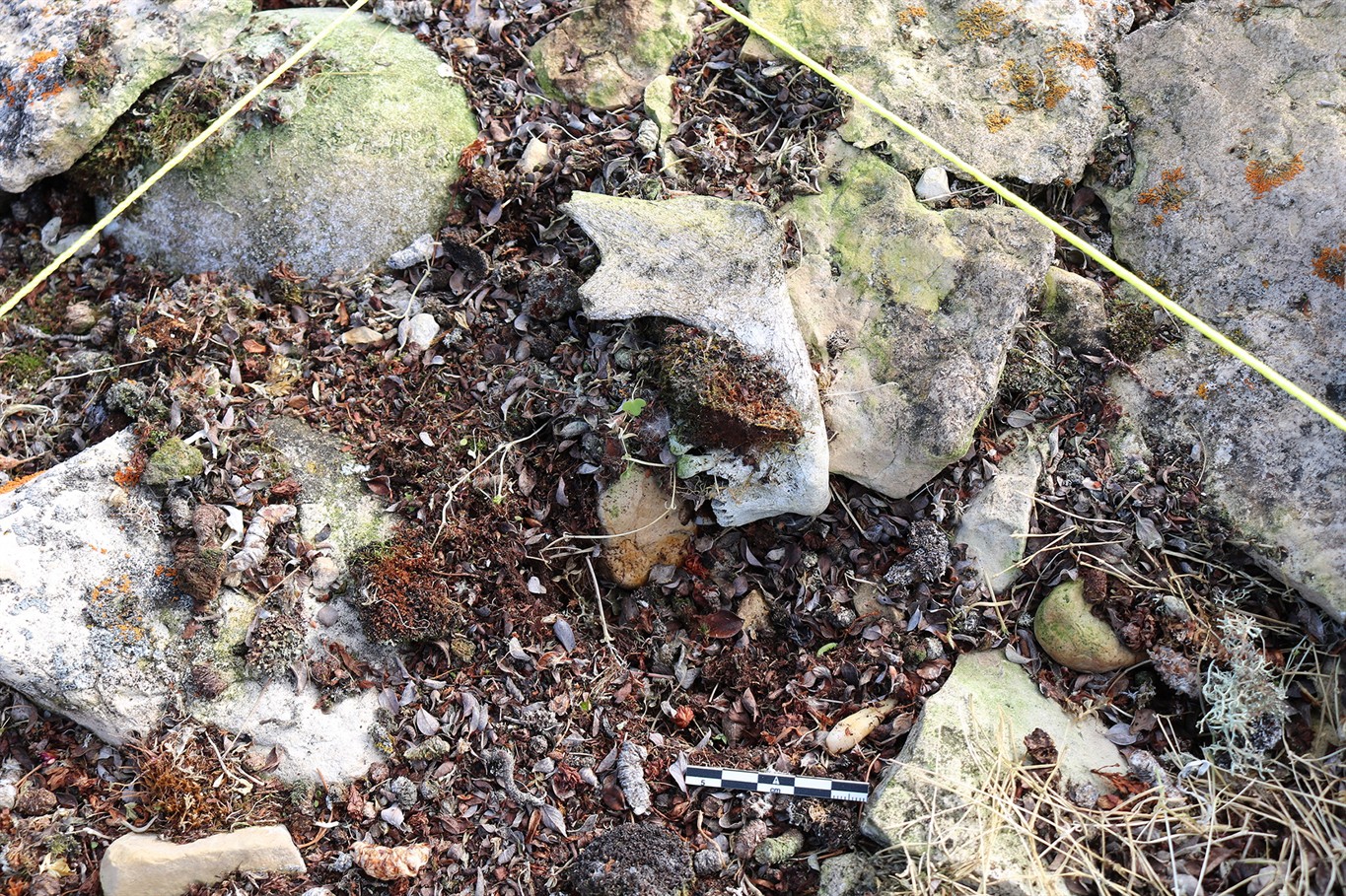
Ontario researcher pinpoints burial site of officer from Franklin
High acidic canned food such as lemon juice, berries, sauerkraut, and all foods treated with vinegar-based sauces or dressings are good for about twelve to eighteen months of storage. Richard Cyriax, a respected scholar of the Franklin Expedition, maintained in his 1939 book, 'Sir John Franklin's Last Arctic Expedition' that scurvy was.

VISIONS OF THE NORTH Franklin curiosities Toy replica of Goldner's tin
A flanged top with a filler hole was placed on the top of the can and soldered on. The can was then filled with the food product, either soup, meat or vegetables. The tin was next placed in boiling water, which included a trace of calcium chloride to bring up the cooking temperature.

Meat sample from Franklin’s last Arctic Expedition Show.Me
Dramatic evidence that lead poisoning was a key element in the failure of Sir John Franklin's 1845 Arctic expedition has come from the result of postmortems conducted on the preserved bodies of three of Franklin's crewmen taken from their frozen graves on Beechey Island in the Canadian Arctic.

Canned food left inside the historic Shackleton hut which was used by
Abstract. Claims that poisoning by lead—specifically lead from the solder of the cans of food carried—was a major factor in the loss of the last Franklin expedition have been examined. It is suggested that the high incidence of environmental lead in 19th-century Britain, the known behaviour of lead on ingestion by adults, the electrolytic.
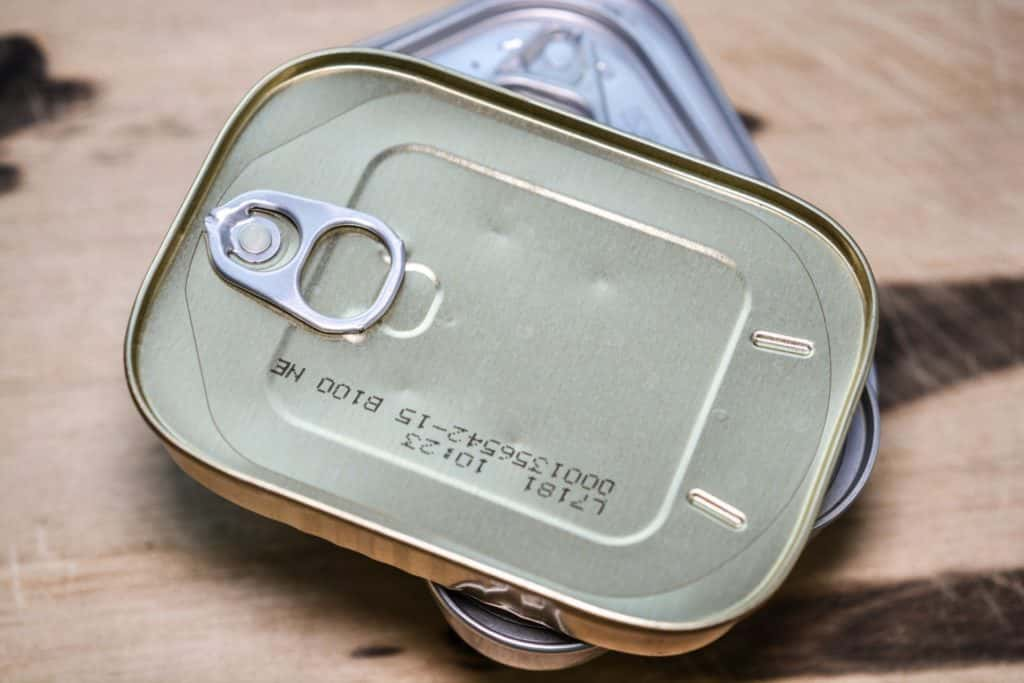
42 Terrifying Facts About the Franklin Expedition
A voyageur allegedly killed and ate several men. Franklin and the others survived by nibbling shoe leather. On the brink of death, they were saved by Yellowknife guides who brought food and.
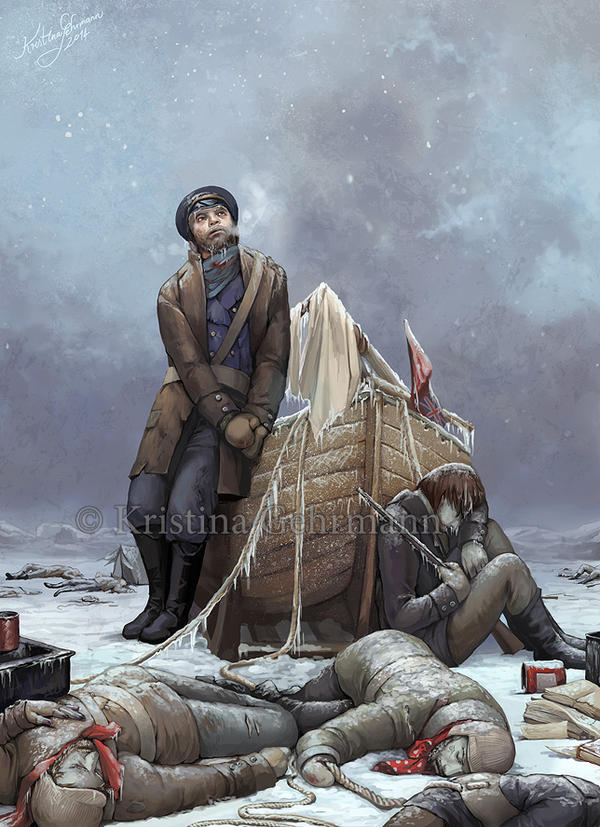
Franklin's lost expedition Detailed Information Photos Videos
On 11 June 1847 Sir John Franklin, aged 61, died suddenly on board HMS Erebus 4. No necropsy was done by the ship's surgeon and his grave has never been found, probably because he was buried in the ice. Now under the command of Captain Crozier the two ships were carried south by the pack ice and prevailing wind.